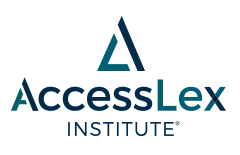
Grantee Research
Market Research on Law School Student Aid Award Letters and Shopping Sheet Information
Document Type
Issue/Research Brief/Blog
Publication Date
3-2016
Keywords
law schools, tuition, financial aid, scholarships and grants
Abstract
Now more than ever, financial aid information plays a key role in a student’s college enrollment decision – particularly at the graduate level. While there is a plethora of financial aid information available for prospective and current undergraduate students and their parents, the resources specifically targeting students in graduate professional programs, such as law, are more limited. Moreover, the effectiveness of these materials at clearly communicating financial aid award information and concepts to graduate students has not been studied. The National Association of Student Financial Aid Administrators (NASFAA) and its Consumer Information & Law Student Indebtedness (CILSI) Task Force, with a grant from Access Group, Inc., sought to fill this gap in the research by testing financial aid award materials with a diverse group of prospective law students and current law students enrolled in accredited law school programs. In 2015, NASFAA contracted Coffey Consulting, LCC, an independent research firm, to test two financial aid award letters and two Shopping Sheets:
- Award Letter A and Award Letter B were both developed by the NASFAA CILSI Task Force. Award Letter A included the financial aid award information in the body of an email. Award Letter B provided a brief paragraph acknowledging that the financial aid request had been processed and hyperlinks to an online “student portal” that contained more detailed award information.
- Shopping Sheet A was the U.S. Department of Education’s (ED) one-page Financial Aid Shopping Sheet. Shopping Sheet B was a one-page document developed based on the recommendations from the NASFAA CILSI Task Force and NASFAA’s previous study on award letters (NASFAA, 2013).
Coffey conducted online and in-person focus groups with students at four public and 12 private institutions. All of the in-person focus groups were held in the Northeast and Mid-Atlantic regions. The online focus groups allowed for more diversity in terms of location, and included participants from institutions located in the Northeast, the South, the Midwest, and the West. After reviewing the proposed award letters and the Shopping Sheets, Coffey invited participant feedback and opinions on the level of clarity of financial aid calculations and concepts in each document, the features participants found helpful or confusing, and suggestions for improvement. Participants were also asked to complete a comprehension questionnaire to better understand to what extent they were able to draw accurate conclusions about the aid awarded in each financial aid scenario.




